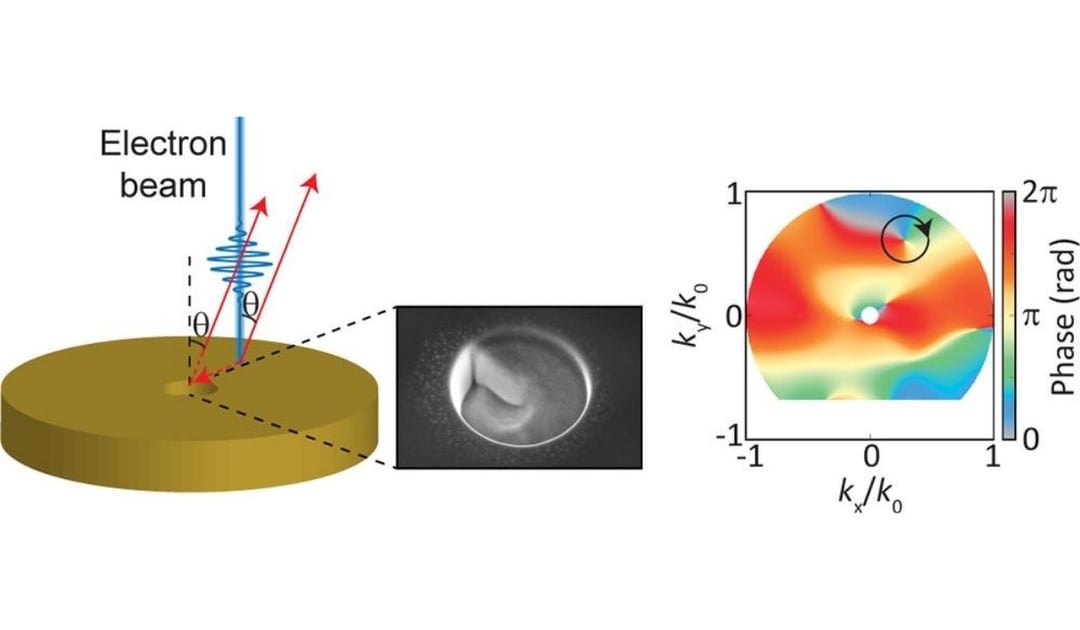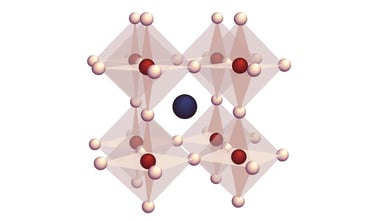Cathodoluminescence spectroscopy is commonly used for probing optical materials. The radiative local density of optical states and information on optical modes in photonic nanostructures at deep-subwavelength spatial resolution can be obtained with CL spectroscopy and spatial maps. Another important parameter obtained with CL is the wavefront of the emitted light. In order to control the structure of scattered optical wavefronts, phase information needs to be collected.
CL measurements were performed in a scanning electron microscope with a paraboloid mirror for CL collection. The CL signal was analysed with SPARC Spectral detector, and two types of CL experiments were done: angle-resolved cathodoluminescence and hyperspectral angle-resolved cathodoluminescence.
Using Fourier-transform cathodoluminescence holography the authors retrieved the phase of surface plasmon polaritons scattered from nanoscale holes, nanocubes, and nanohelices. The data reveals a spectral phase jump across a plasmonic scattering resonance and phase singularities are observed in the scattering of plasmonic nanohelices. This method of obtaining phase information can be beneficial for many applications in imaging, integrated optics, optical computing, optical communication.
To read the full article, please visit this page: Phase-Resolved Surface Plasmon Scattering Probed by Cathodoluminescence Holography.
.png)






